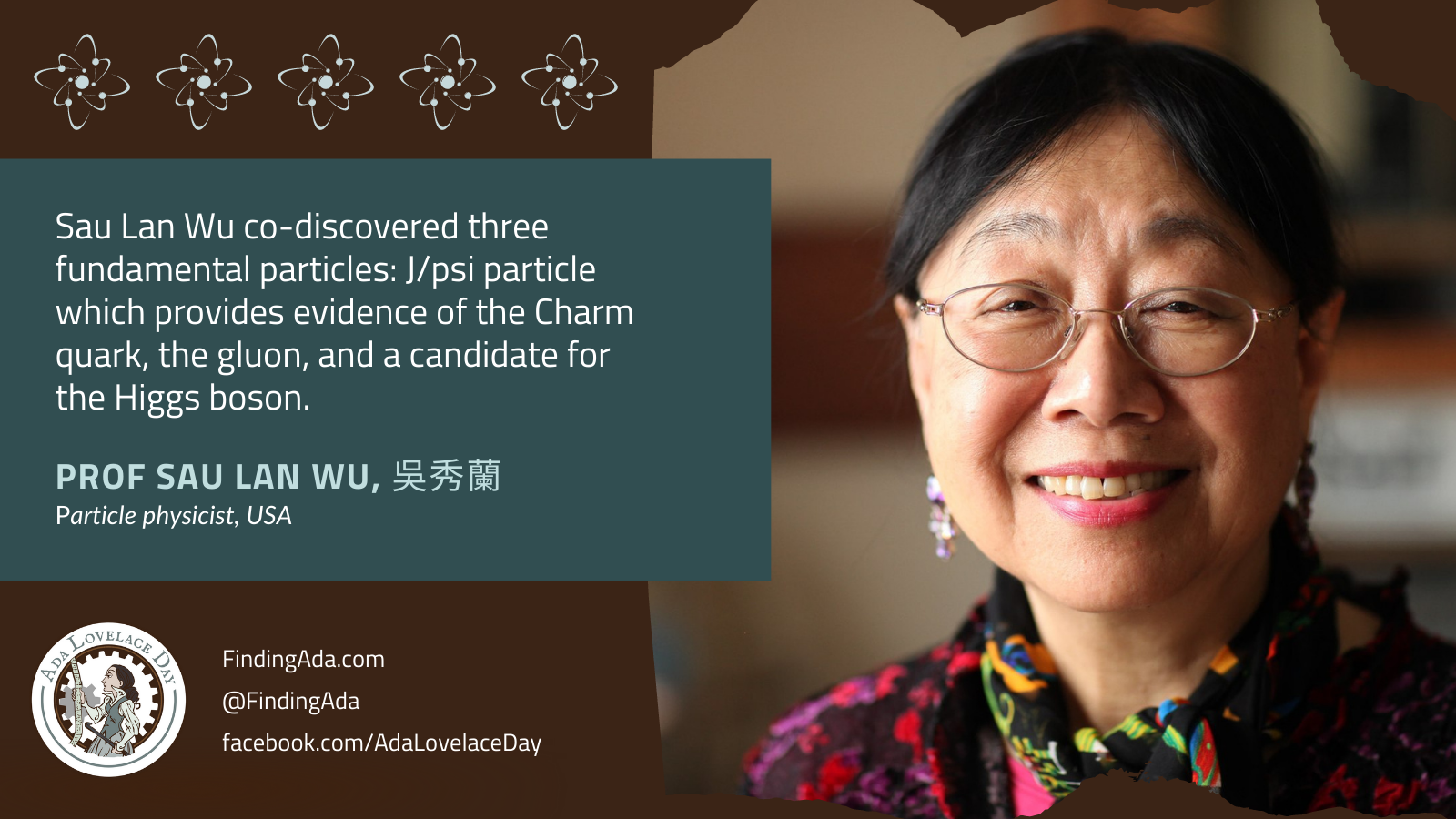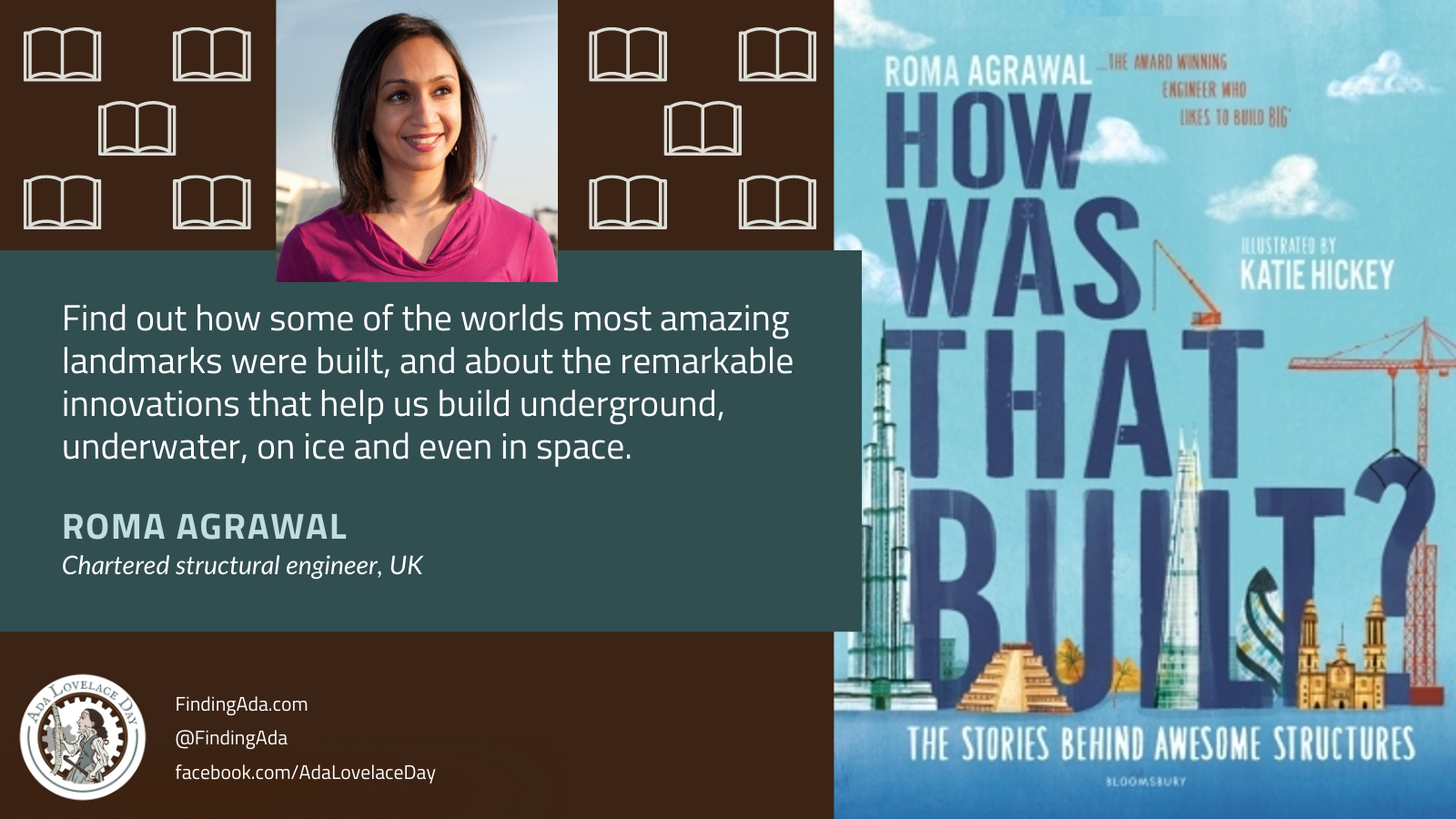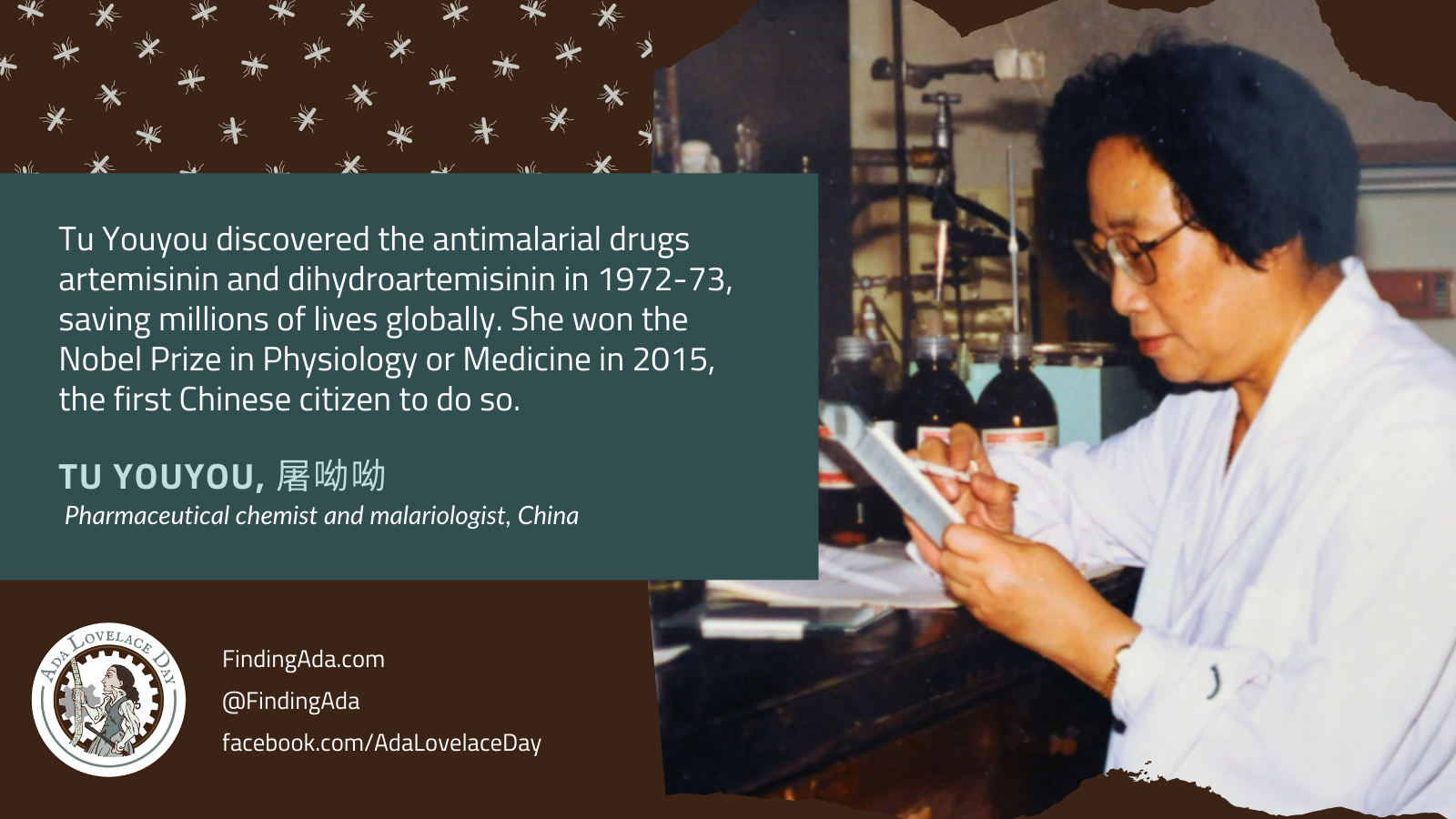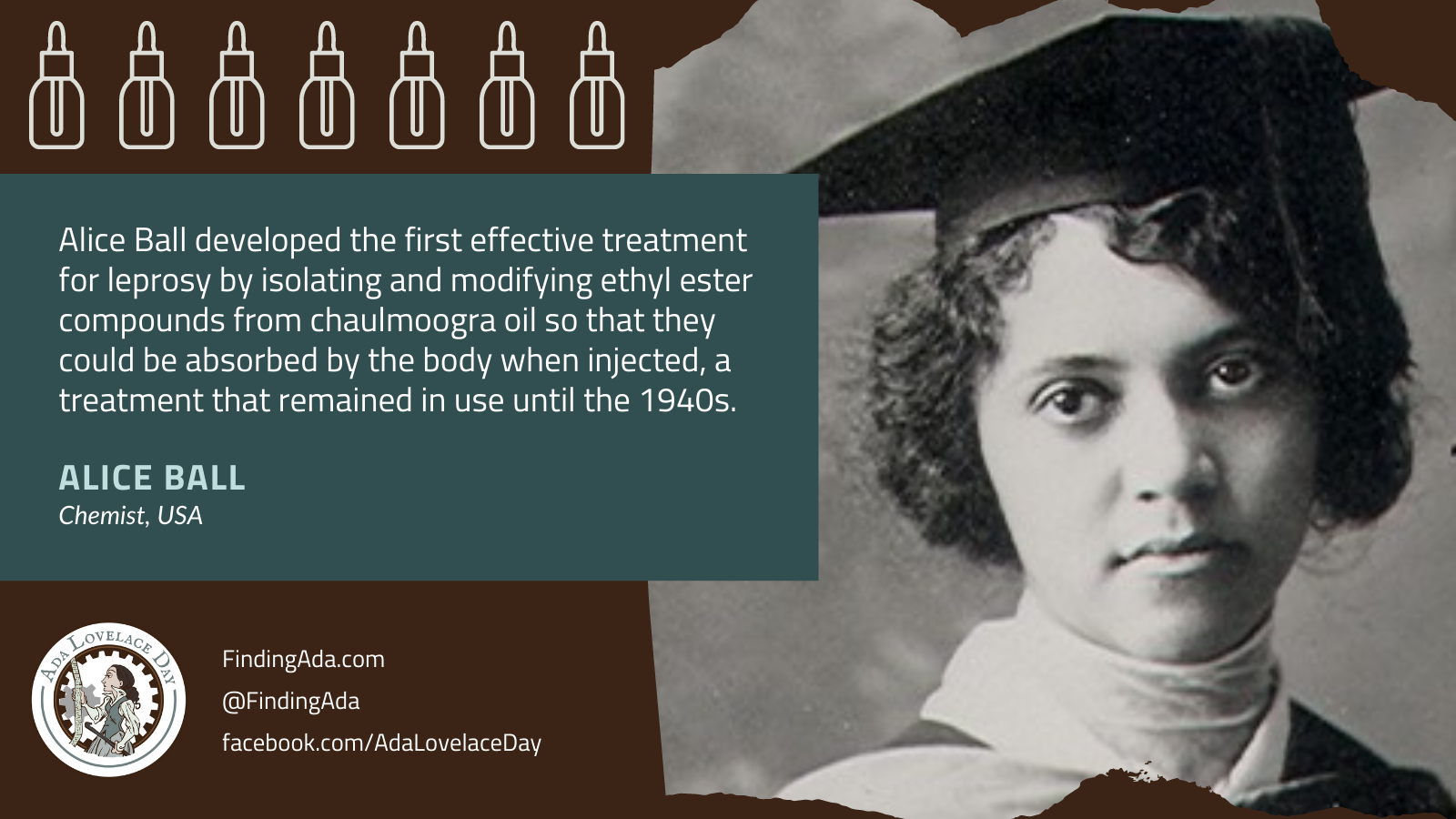Professor Sau Lan Wu, 吳秀蘭
Born in Hong Kong, Professor Sau Lan Wu is a Chinese American particle physicist who was a member of the teams that discovered the J/psi particle, the gluon and evidence that points to the existence of the Higgs boson.
In 1974, Wu was part of an MIT team working with the Alternating Gradient Synchrotron accelerator at Brookhaven National Laboratory. Using the high-intensity proton beams to bombard a target, they discovered a strong peak at 3.1 billion electron volts, indicating that they had found a new particle which decayed into electron-positron pairs. This was the J/psi particle, and it provided experimental evidence of the Charm quark. The discovery of the Charm quark was so momentous that it was called the November Revolution and led to the establishment of the Standard Model of particle physics.
In the late 70s, Wu’s mathematical analysis of three ‘jets’ of energy produced by particle collisions led to the discovery of the gluon, a particle which ‘glues’ quarks together to form protons and neutrons. She was a co-recipient of the 1995 European Physical Society High Energy and Particle Physics Prize for this discovery.
Wu spent over thirty years in search of the Higgs boson. She was a group leader at ATLAS, one of two groups working at the Large Hadron Collider at CERN (the other was CMS), and although they observed a number of candidates, none of their results were statistically significant.
On 4 July 2012, following experiments by both ATLAS and CMS, CERN announced the discovery of a boson with the same characteristics as those predicted for the Higgs boson by the Standard Model. Wu’s team had worked on understanding the decay of the Higgs boson into two gamma rays or into four leptons, and this work was crucial to the discovery of the Higgs boson.
Wu is the Enrico Fermi Distinguished Professor of Physics at the University of Wisconsin-Madison. She continues to work on the Higgs boson, and is also now searching for the particles that make up dark matter.
Further reading
- Sau Lan Wu, Wikipedia
- Sau Lan Wu: The Discovery of the Higgs (video), Vassar, 8 November 2012
- Meet Sau Lan Wu, the physicist who helped discover three fundamental particles, Massive Science, 5 April 2017
- Three Major Physics Discoveries and Counting, Joshua Roebke, Quanta Magazine, 18 July 2018
- A Pioneer’s Perseverance, Preston Schmitt, On Wisconsin, 2019
- Sau Lan Wu: Particle Physicist, Caitlin Shaffer, Ex Libris Universum, 20 May 2020




 In partnership with
In partnership with 
 Hypersleep is a common theme in science fiction, but what does science have to say about putting humans into suspended animation? What can we learn from hibernating animals? What’s the difference between hibernation and sleep? What health impacts would extended hypersleep have?
Hypersleep is a common theme in science fiction, but what does science have to say about putting humans into suspended animation? What can we learn from hibernating animals? What’s the difference between hibernation and sleep? What health impacts would extended hypersleep have?